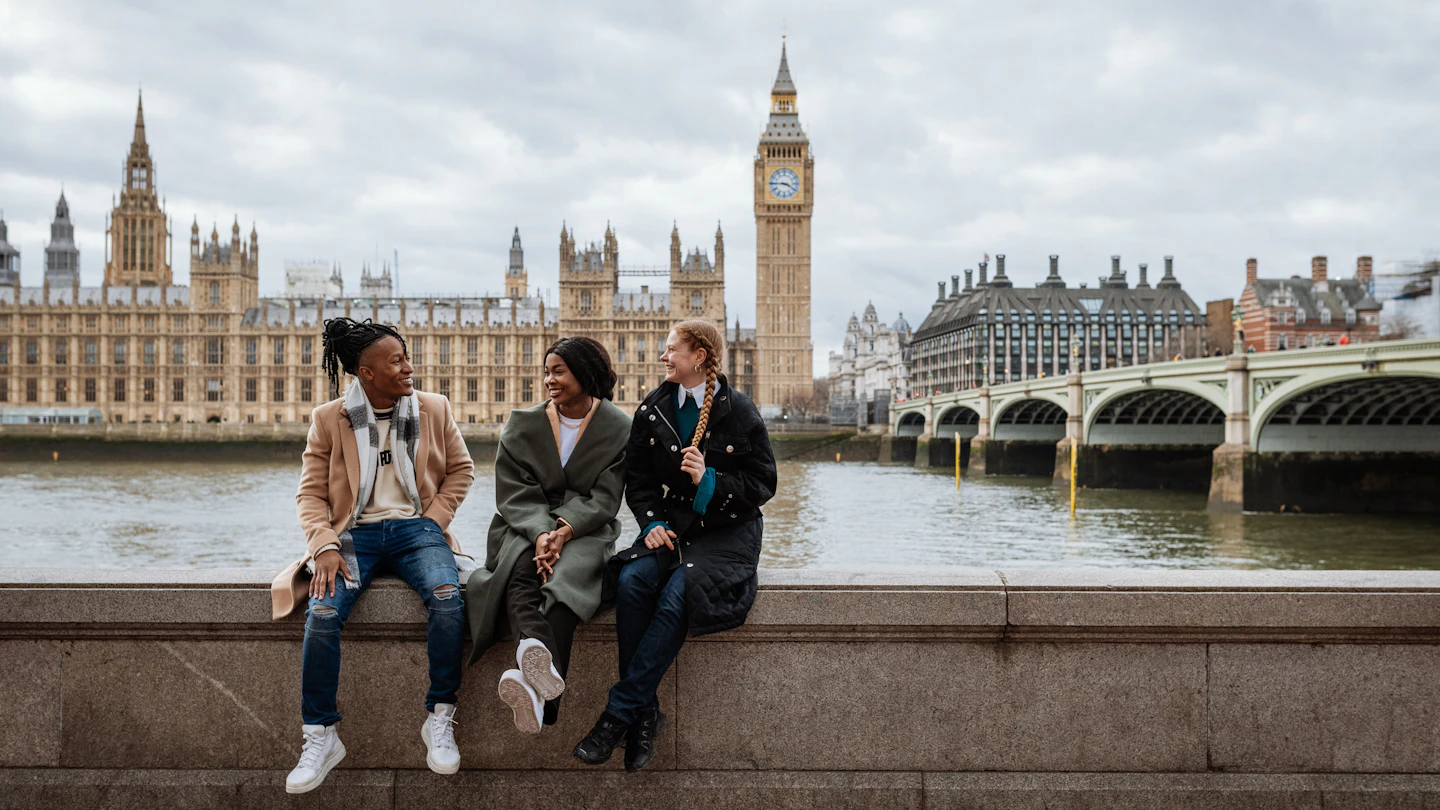By Maria Papagiannopoulou,
The capital city of England and the United Kingdom, London, has a more than 2000-year history. It has since developed into one of the most major financial and cultural capitals in the world. It has survived riots, a devastating fire, a civil war, aerial bombardment, and terrorism.
Although it only makes up a small portion of the larger metropolis, the City of London is the historical center of the Greater London metropolitan area and serves as its principal financial hub today.
There may have been extremely early settlements in the London area around the Thames, according to certain recent discoveries. The remnants of a Bronze Age bridge were discovered in 1993 on the south bank of the Thames, upstream of Vauxhall Bridge. This bridge either connected to a now-lost island in the river or crossed the Thames. The timbers were dated by dendrology to be between 1750 and 1285 BC. A second dig in 2001 revealed that the timbers were buried on the south side of the Thames, west of Vauxhall Bridge.
Again on the beach south of Vauxhall Bridge in 2010, the foundations of a huge timber construction dating to between 4800 BC and 4500 BC were discovered. Mesolithic structure’s purpose is unknown. A natural crossing point where the River Effra empties into the Thames has all of these buildings on the south bank.
About four years after their conquest in 43 AD, the Romans built Londinium as a town for civilians. Like Rome, London was established at a river’s point when it was wide enough for a bridge, and its strategic location allowed for easy access to most of Europe. Early Roman London was located in a region that was about the size of Hyde Park. It was destroyed by the Iceni, under the leadership of their queen Boudica, approximately 60 AD. After recovering for probably ten years, the city was swiftly rebuilt as a planned Roman town, and during the ensuing decades, it expanded quickly. During the 2nd century Londinium was at its height and replaced Colchester as the capital of Roman Britain (Britannia). Its population was around 60,000 inhabitants. It boasted major public buildings, including the largest basilica north of the Alps, temples, bath houses, an amphitheatre and a large fort for the city garrison. Political instability and recession from the 3rd century onwards led to a slow decline.
By the beginning of the 21st century, London was hosting a much mocked Millennium Dome in Greenwich to celebrate this new era. The success of other Millennium Projects has been greater. One of the world’s biggest observation wheels, “The Millennium Wheel” or London Eye, which was built as a temporary structure and is now one of the most visited sites in the world drawing four million visitors per year. A windfall of money has also been made available through the National Lottery to enhance current tourist sites, for example a roof over the Great Court at the British Museum. The mayor of London’s 2004 plan estimated that by 2016 the population would have grown to 8.1 million people, with further growth thereafter. This was reflected in a move towards denser, more urban styles of building, counting an incredibly expanded number of tall buildings, and recommendations for major upgrades to the open transport arrange. In any case, financing for ventures such as Crossrail remained a battle. On 6 July 2005 London won the correct to have the 2012 Olympics and Paralympics making it the primary city to have the advanced diversions three times. Be that as it may, celebrations were cut brief the taking after day when the city was shaken by an arrangement of psychological militant assaults. More than 50 were slaughtered and 750 harmed in three bombings on London Underground trains and a fourth on a twofold decker transport close King’s Cross.

London was the beginning point for countrywide riots which happened in Eminent 2011, when thousands of individuals revolted in a few city boroughs and in towns over Britain. They were the greatest riots in advanced English history. In 2011, the populace developed over 8 million individuals for the primary time in decades. White British formed less than half of the populace for the primary time.
Within the open there was inner conflict leading-up to the 2012 Summer Olympics within the city, in spite of the fact that open estimation changed emphatically in their support taking after an effective opening ceremony and when the expected hierarchical and transport issues never happened. Within the 2016 Joined together Kingdom European Union participation submission, London was the as it were locale in Britain, where Stay won the most elevated share of the vote. The voter turnout was the most noteworthy in London since the 1950 common decision. In any case, Britain’s exit from the European Union (EU) in early 2021 (Brexit) has as it were hardly debilitated London’s position as a worldwide budgetary center (IFC).
In May 2021, Sadiq Khan, the primary Muslim chairman of a major Western capital city, won a moment term as London’s chairman.
In 2022, the Elizabeth line railroad opened, interfacing Heathrow and Perusing to Shenfield and Convent Wood through a burrow within the city between Paddington and Liverpool Road, changing east-west travel in London.
References
- Course: A history of London, unrealcityaudio.co.uk. Available here




